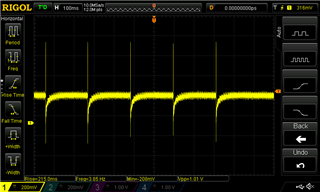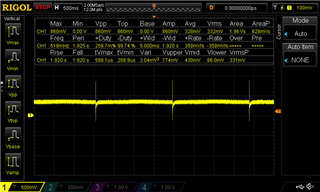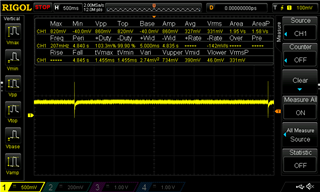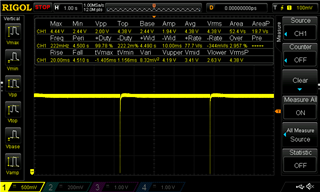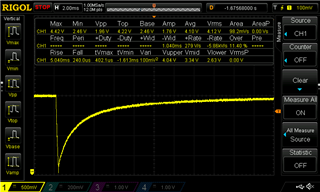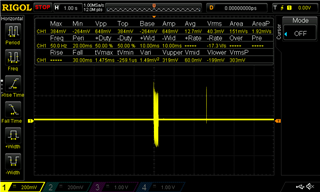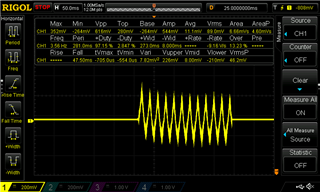Other Parts Discussed in Thread: TPS55289
Dear TI team,
I have some issues with a circuit that was assigned to me: the circuit was previously designed with a tps55289 by mistake, as the application wasn't intended to be controlled by I2C. We replaced it with a tps552892-Q1.
For the circuit attached, Vin is from 11 to 17 V, the desired Vout is 12 V and the Iout max is 6 A. After placing all the components on the PCB I have an strange behaviour, and it makes me doubt about the soldering: when I turn on the circuit and set a Vin from 11 to 17 V, the open-circuit output has a Vout of 4.3 V, and the power supply states an input of 0 A. The temperature of the IC is stable around 25ºC. After that, if I disconnect the supply and connect it again, the Vout is around 1 V, the I around 0.150 A and the temperature can go up to 60ºC in minutes. After 5/6 minutes, the output gows back to 4.3 V.
L1 is IHLP3232DZER3R3M01.
Can you help me checking that eveything is ok within the schematic?
I can't find why I have a 4 V ouput instead of the 12 V. Apparently, there are no shorts between the pins and on the EN/UVLO pin I have more than 1.2 V.
What kind of behaviour should I expect if the IC is not well soldered?
Thanks for your help,
Juanjo.



